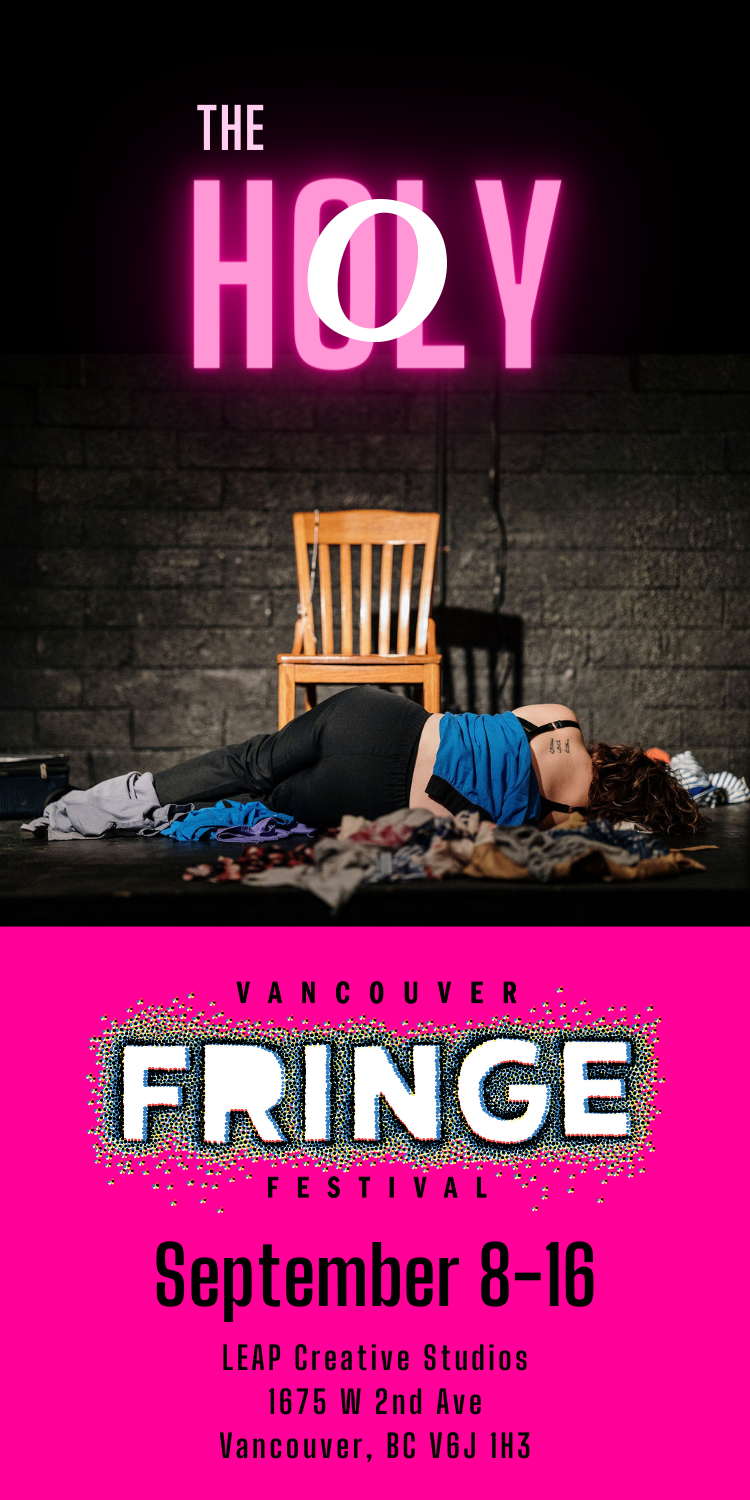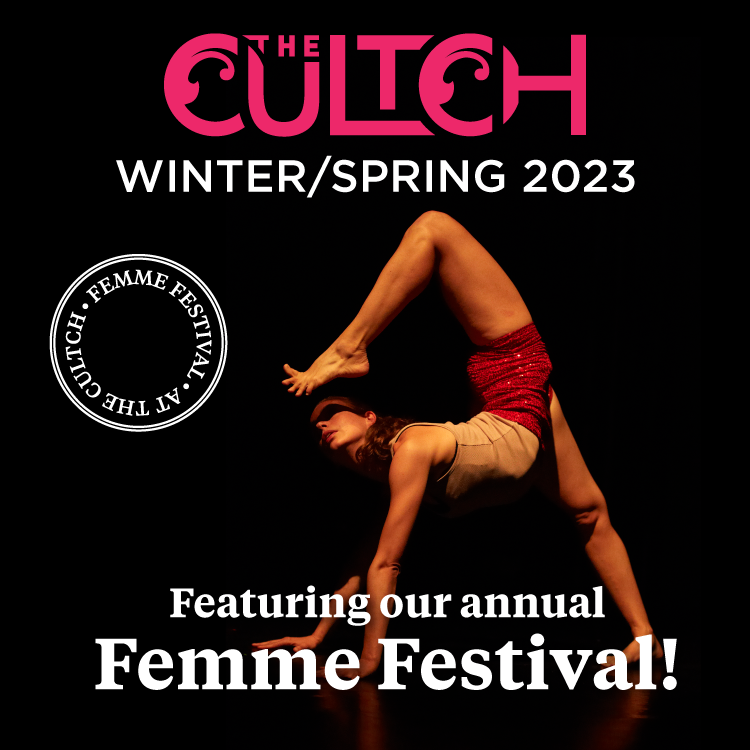By Nikki Sanchez
@nikkilaes
All photos by Danielle Da Silva (@thedanielledasilva)
At the base of Mauna Kea, the world’s tallest mountain and the first point on earth where raindrops touch the earth, the largest land defense action in modern Hawaiian history is currently in taking place and the entire movement is being guided by love.
For Indigenous Hawaiians, it could not be any other way. In Hawaiian cosmology, Mauna Kea is the origin place of the Hawaiian people. The Hawaiian genealogy teaches that the summit of the mountain is the meeting place of Earth Mother Papahānaumoku and Sky Father Wākea, and that the Hawaiian people are directly descended from this union. Therefore, Mauna Kea is utmost sacred ground; it is the piko (umbilical cord) of Native Hawaiian existence. The mountain is home to innumerable lepa (altars), akua (gods and goddesses) burials and ceremonial sites that have been in use since the existence of the Hawaiian people. Holidays and ceremonial traditions are carried out on the mountain, with families maintaining and visiting their specific lepa generation after generation. For some families, newborn babies umbilical cords are brought to the aquifer at the summit of the mountain, to ground them in their homelands just as their ancestors had done.
Like Christians in church or Muslims in a mosque, being on the Mauna necessitates acting in one’s highest state of being. In the Native Hawaiian language, this is referred to as “kapu aloha” or state of love. Although there are currently innumerable Indigenous land rights and sovereignty frontlines around the world, Mauna Kea is distinct in that every action being taken for the protection of the mountain is being guided entirely by love for the land, for the community and for all of creation.
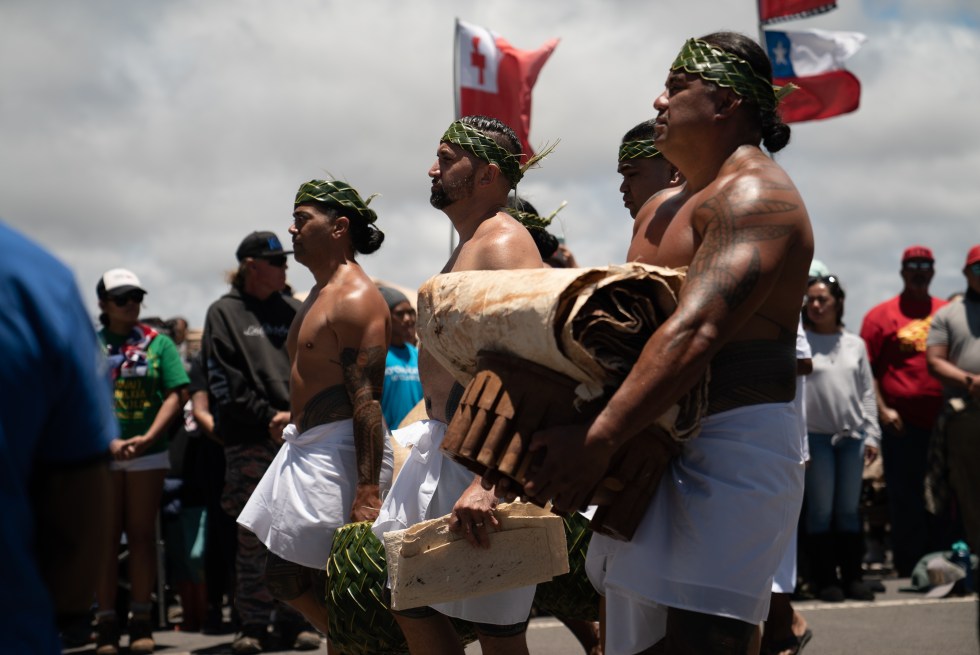
Background: understanding the TMT
Although Mauna Kea is both crown land (lands belonging to the former king of the Hawaiian Kingdom, Kamehameha) and is zoned as a conservation area, there are already 13 telescopes constructed on the summit of the mountain dating back to 1968. Many of these were built without proper permits and against the wishes of the local community. While some remain in use, others have been abandoned and left dormant. In fact, the Thirty Metre Telescope (TMT) was initially slated to be built in 2015 but following island-wide protests, 31 arrests and global pressure was forced back into the Hawaiian courts.
The mountain is not only spiritually significant but also ecologically fragile, with unique biogeoclimatic zones and a freshwater aquifer that is the source of freshwater for the Big Island. For decades there has been concern over mismanagement of the observatories; including waste management and mercury spills. Despite these issues remaining unaddressed, the proposal to build the world’s largest telescope – led by the University of California and partner institutions from Canada, China, India, and Japan, as well as the Gordon and Betty Moore Foundation – it was approved in the Hawaiian courts. The granting of the building permits came despite years of oppositional testimony from Native Hawaiian elders, knowledge keepers, professors, legal scholars, and local residents.
Plans for the Thirty Meter Telescope would see it constructed 18 stories high, 9 stories down and 5 acres wide. The design for the 1.4 billion dollar project was created in Port Coquitlam by Guy Nelson, CEO of Empire Industries which owns Dynamic Structures. Although there has been an environmental impact statement carried out by the University of Hawai’i at Hilo (one of the invested parties for the TMT), there is deep mistrust amongst the Mauna Protectors about the depth and accuracy of the report relating to previous mismanagement of telescopes in the area as well as potential ulterior economic motives driving the construction of the TMT from politicians. While the TMT project manager has stated that they would be happy to build the project at an alternative location in the Canary Islands, Hawaiian politicians have taken desperate action to push it through, including declaring a state of emergency in order to bring in the National Guard. In addition to the cultural impact of the TMT, there remain many questions regarding the environmental impacts a structure of this size would have in a time of extreme climate change. Mauna Kea is a storm barrier for the rest of the Hawaiian archipelago that has repeatedly shielded the other islands from storm systems, as well as provided an essential freshwater source for the Big Island.
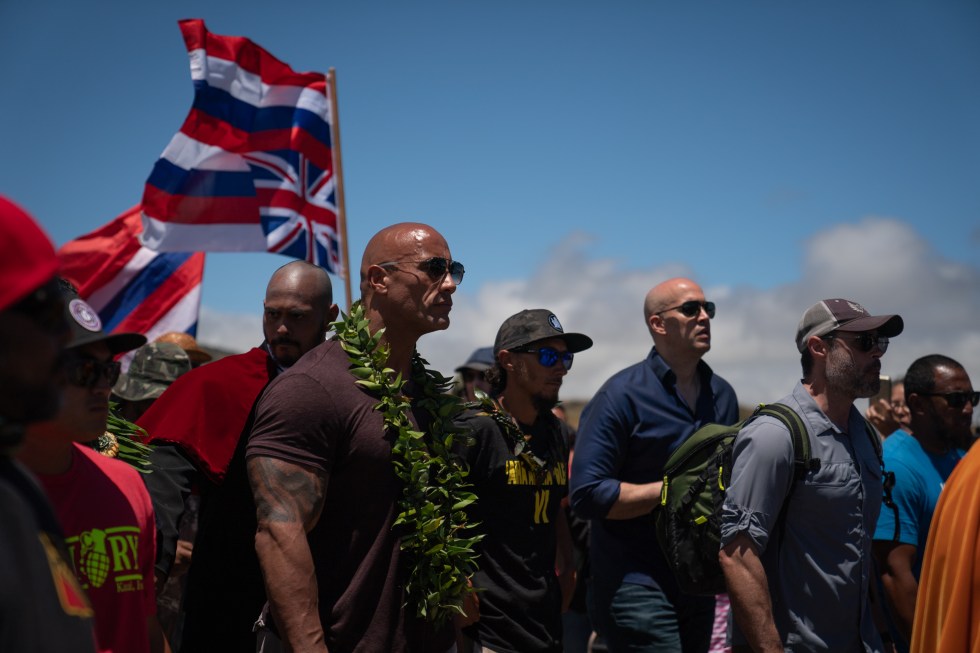
An occupied kingdom
In order to understand the uprising of land and cultural defense that is currently unfolding on Mauna Kea, a certain level of historical context is necessary. Although many outsiders have been programmed to see Hawai’i as an American State, the majority of Indigenous Hawaiians understand themselves to be living under the occupation of the US government and military, as Hawai’i was a sovereign kingdom and internationally recognized as an independent nation. On January 16, 1893 the nation was invaded by United States marines which led to an illegal overthrow of the Hawaiian government the following day. Nearly a year later in his message to Congress, President Grover Cleveland acknowledged that this was an unlawful act and advised it’s a reversal. Although this advice was never heeded, in 1993 – one hundred years later- President Bill Clinton signed legislation apologizing for the U.S. role in the 1893 overthrow but the apology did not provide federal recognition to Native Hawaiians like the federal laws provided to Native American tribes.
Although much of the rest of the world may have forgotten this history, the Native Hawaiian people have never forgotten this injustice. And like most other Indigenous nations whose lands are being occupied by colonial states, the grievance of land theft and unlawful occupation was just the first in an endless list of human rights breaches and transgressions. In Hawai’i, this includes the military occupation on many of the islands, where land is often used for target practice for uncontained bombing. The Disney-fication and gentrification of the Islands have also led to Native Hawaiians being pushed out of their original communities and away from traditional ways of life. The rising cost of housing and economic incentive to develop land for vacation and retirement housing has meant that homelessness is a significant issue for the Original Peoples of the Islands. Additionally, the overdevelopment, ecological mismanagement and use of the territory as a military testing sacrifice zone have created species and habitat endangerment that has led to the Department of Lands and Resources policing Native Hawaiian peoples from being able to carry out traditional forms of sustenance such as fishing and trapping. After 126 years of fighting for basic rights and recognition as Indigenous people, Mauna Kea has become a turning point and united Native Hawaiians to come together in aloha ‘aina (love of the land) and say – no more.
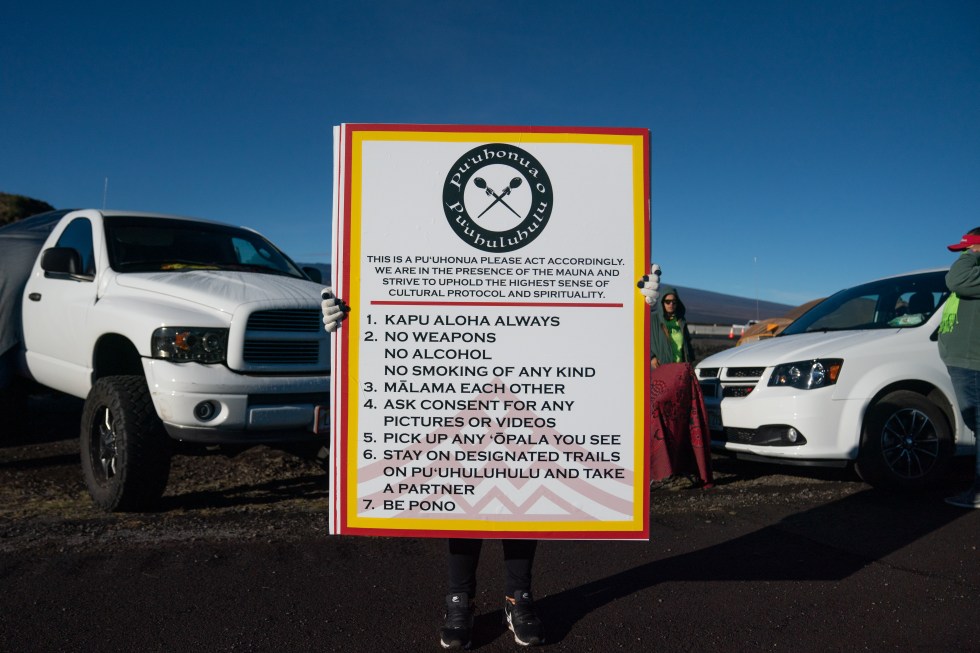
Pu’uhonua o Pu’uhuluhulu: A new kind of frontline
Following the July 10th, 2019 announcement that construction would begin the following week, a small group of 33 Native Hawaiian kupuna (elders), kumu (knowledge keepers), and kia’i (land protectors) drove to the base of Mauna Kea to set up camp. When they arrived on the evening of July 12th, there were just 13 cars. Camille Kalama, a lawyer who is part of HULI (Hawaiian Unity and Liberation Institute) and one of the first to arrive at the mountain, shared that upon their arrival there was no formal plan or sense of whether others would join them. But by the end of that first weekend, the group had grown to 500. Under the authority of the Royal Order of Kamehameha (an order of knighthood established by King Kamehameha V that dates back to 1865) and guided by Native Hawaiian ceremonial protocol the camp at the base of Mauna was deemed a Pu’u Honua (sanctuary) wherein kapu aloha (a state of love and respect) was put into effect. Under kapu aloha protocols, everyone is welcome as long as they act with aloha ‘aina (love of the land), treat others with kindness and respect, refrain from swearing and do not bring in drugs, alcohol or cigarettes. As one of the leaders of the movement, Pua Case repeatedly stated, “We shall not leave one grain of rice on this land”.
Early in the week, in anticipation for the arrival of construction trucks and state police, a frontline was established under the guidance of the kupuna who insisted they be the first line of defense. Behind them, a group of protectors chained themselves to the road on a cattle grate. From the inception of this frontline, kupuna have remained day after day blocking the main access road. On Wednesday, July 17th, construction vehicles arrived escorted by local police. Within hours, 35 kupuna in their 70s and 80s were arrested. Many of whom needed walkers to make it to the police vans and others who had to be pushed in their wheelchairs; their younger counterparts wept, sang and prayed as they walked behind each individual who was escorted away by law enforcement. By the middle of the day the police had retreated, while the footage and images of elderly Mauna protectors streamed around the world. By mid-week, thousands were on the mountain and a small self-sustaining community had been created, named Pu’uhonua o Pu’uhuluhulu (roughly translated to Fuzzy Mountain Sanctuary after the hill facing Mauna Kea). Dozens of solidarity actions began popping up across the Hawaiian Islands, as well as in mainland USA, Canada, Aotearoa, and Japan, among others.
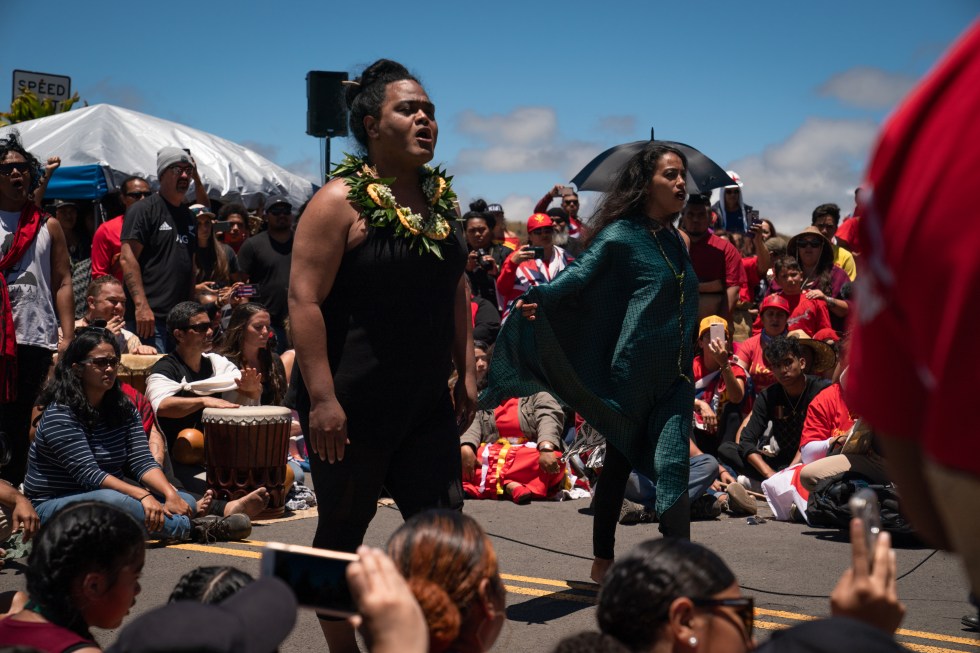
Why We Should All Be Paying Attention
While Mauna Kea has certainly been receiving ample international media attention, what many of the news reports are not describing how kapu aloha has remained the guiding principle of everything that is occurring from the Mauna protectors. What has been created at Pu’u Honua o Pu’uhuluhulu in a few short weeks is nothing short of extraordinary. Every morning begins with prayer, oli (chanting), mo`olelo (story) and cultural activities including hula; kupuna set the tone for the day with reminders of what it means to be in a state of kapu aloha and provide necessary information for all those staying at the pu’uhonua. Every evening ends in much the same way. All-day long, rain or shine, storytellers, dancers or musicians perform for the kupuna and anyone else who wants to witness and learn. The Pu’uhonua feeds three warms meals to anywhere from hundreds to thousands of people a day. There are dozens of latrines set up that are regularly cleaned, pumped out and fully stocked. There is a medical station, childcare, legal advisors and an area where masseurs and healers provide bodywork to anyone who seeks it. A free university has been set-up that runs four sessions a day, with five distinct classes in each session from 9:30 am to 3:30 pm; as one of my instructors there said, “its a place where tuition is free, everyone is welcome and the bathrooms are gender inclusive.” There is daily non-violent direct action training, which is mandatory for anyone planning to stay on the mountain. There is even a designated team of crossing guards who ensure the safe crossing of pedestrians, highway traffic, and delivery vehicles all day every day. While crossing, it is common for both pedestrians and crossing guards to be calling mahalo (thank you), aloha (love) and ku kia’i mauna (guardians of the mountain).
All of this is being run entirely by layers of volunteer leadership. The people who have come to protect the mountain have also begun to embody the principle of carrying deeply for one another, and it is working. Other than love and service, there is no currency on the mountain and yet everyone from small children, teens, families, and elders are fully cared for. As soon as you enter the pu’uhonua you can feel this shift, as though a doorway to another way of being has been created at the base of the world’s tallest mountain.
Although I was not present for the arrests, while I was on the Mauna I was told that as the kupuna where being taken away by police, they were praying for them, telling them they were not angry with them, that they understood. As is stated in Mathew 5:44, “love your enemies and pray for those who persecute you”, what the kapu aloha embodied at Mauna Kea is so powerful that not even those who have come to destroy the mountain itself can break that way of being.
I wish the world could understand that the Mauna is a church; and what is taking place there now is sacred, people are living in harmony and ceremony with one another and the land, and showing us all that another world is possible.
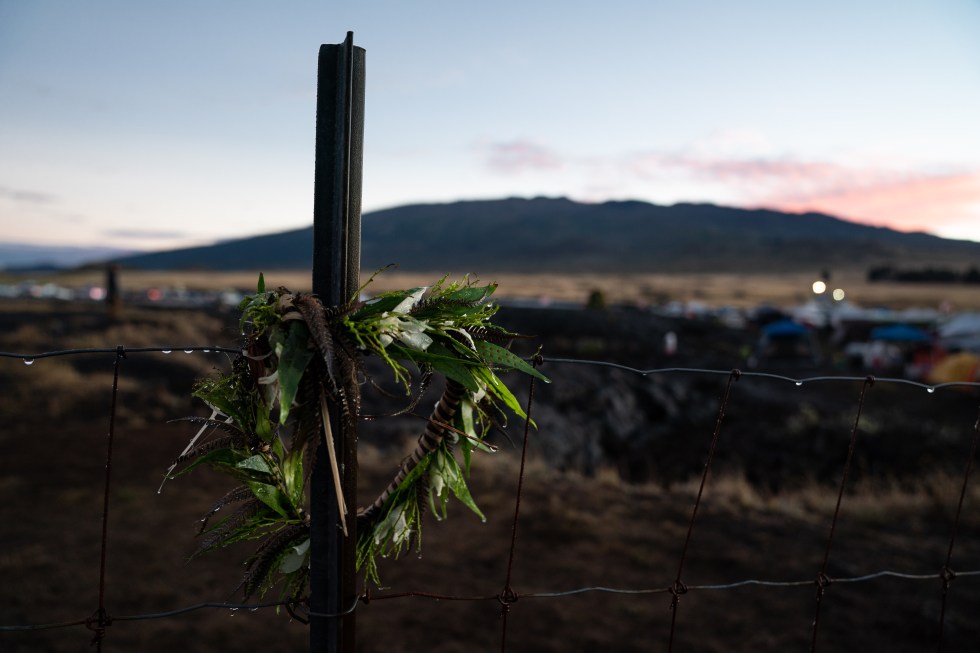
Global Significance
In the three weeks, Pu’uhonua o Pu’uhuluhulu has become a beacon for Indigenous land-based direct action and cultural revitalization. It is reframing a narrative from one in which Indigenous land defense and human rights struggles vie amongst one another for external support to one in which each action exists in solidarity with and strengthens one another. It is refuting the notion that scientific progress is inherently antithetical to Indigenous knowledge paradigms and offering alternative, decolonized ways forward. In an interview with Democracy Now, Mauna protector Pua Case explained, “We are making a stand as not just Native people and not just the local community, but really a worldwide community, because there are so many similarities… there are Native people everywhere around the world standing for their mountaintops, for their waters, for their land bases, their oceans, and their lifeways. We are no different than them.” Mauna Kea is proving not only to other Indigenous frontline communities, but to all of us that another world is possible, another way of being with one another and the earth grounded in love and the wisdom of our ancestors is viable and attainable not only in our lifetimes, but in this moment. The kia’i on the Mauna are living, breathing, thriving examples of this everyday.
During my time there not only did delegations of support arrive from Aotearoa, Tahiti, and Tonga, but so did high profile visitors such as The Rock, Damien Marley and Jason Mamoa. One of these visitors was the founder of the Sacred Stone Camp at Standing Rock, LaDonna Bravebull Allard who came to support Mauna leader Pua Case- the two refer to one another as sisters. When she arrived on the Mauna, Bravebull Allard expressed that she had come to “give her sister a hug” and shared stories of how it was Case’s phone calls that got her through even the hardest days of Standing Rock. During her stay, she accepted requests to teach a session at University Pu’uhuluhulu. In which she shared that witnessing what is occurring at Mauna Kea helped her to understand her role in Standing Rock, “it was a seed we planted”, and look what has emerged, “the Mauna is bringing families together, it is bringing nations together, this Mauna is bringing the world together.”
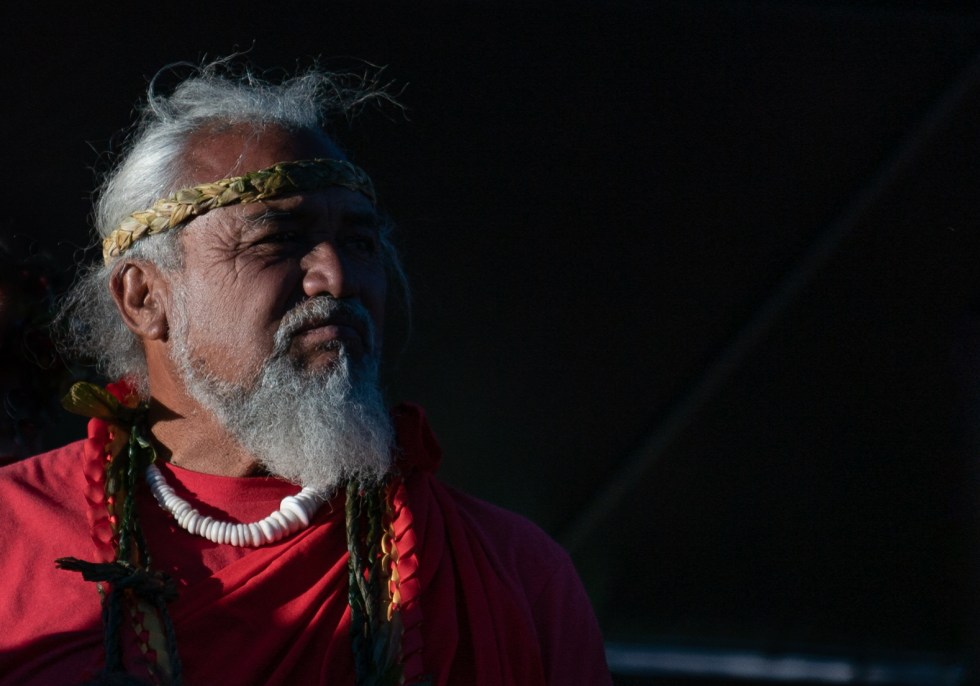
What you can do
Sign the following Change.org petitions calling on the Gordon and Betty Moore Foundation and The Association of Canadian Universities for Research in Astronomy (ACURA) to divest from the TMT
If you are a Canadian university student or alumni from a school that is a member of ACURA begin or join a petition for your university to divest in the TMT
Donate your Hawaiian Airline miles for Pu’uhuluhulu to bring in medics, legal observers and teachers for the University. If you have a membership follow the link to log in and you will be directed to a page where you can donate.
Host a fundraiser or make a personal donation to the following organizations:
Follow @puuhuluhulu on Instagram for updates and support call outs
Learn more about Indigenous land-based movements where you live and how you can enact decolonization in your own life
Links
Environmental Impact Statement:
TMT Alternate Site Statement
State of Emergency
Sovereign Kingdom: https://www.theguardian.com/us-news/2018/nov/29/hawaii-politician-jennifer-ruggles-sovereign-country
Annexation of Hawai’i: https://2001-2009.state.gov/r/pa/ho/time/gp/17661.htm
Pu’u Honua Pu’uhuluhulu: https://www.instagram.com/puuhuluhulu/
Pua Case on Democracy Now: https://www.democracynow.org/2019/7/22/why_indigenous_protectors_oppose_the_thirty
Gordon and Betty Moore Divestment Petition: https://www.change.org/p/gordon-and-betty-moore-foundation-the-immediate-halt-to-the-construction-of-the-tmt-on-mauna-kea
ACURA divestment petition: http://chng.it/DVNCnD9nyk
ACURA Member list: http://acura.craq-astro.ca/membership/
Donate Airmiles: http://bit.ly/2JL7K78
Hawaii Community Bail Fund
HULI Paypal: https://www.paypal.me/hulinvda
KAHEA Site: http://kahea.org/
Pu’uhuluhulu Instagram: https://www.instagram.com/puuhuluhulu/
Whose Land: https://www.whose.land/en/
Decolonization is for Everyone

Nikki Sanchez is a Pipil/Maya and Irish/Scottish academic, Indigenous media maker and environmental educator. Nikki holds a master’s degree in Indigenous Governance and is presently completing a PhD with a research focus on emergent Indigenous media. She presented her first TEDx presentation, entitled “Decolonization is for Everyone” this year. Nikki was the acting David Suzuki Foundation “Queen of Green” from 2016-2018 where her work centered on digital media creation to provide sustainable solutions for a healthy planet, as well as content creation to bring more racial inclusivity into the environmental movement. Her most recent media project was the VICELAND series RISE which focused on global Indigenous resurgence. RISE debuted at Sundance in February 2017 and has received global critical acclaim, recently winning the Canadian Screen Guild Award for Best Documentary series. For the past decade, Nikki has also worked as an Indigenous environmental educator, curriculum developer, and media consultant. She started and runs Decolonize Together, an independent consulting company which specializes in decolonial and equity training for businesses and institutions. She is a keynote speaker with Keynote Canada and a contributor to TEDx, Loose Lips and ROAR Magazine.


